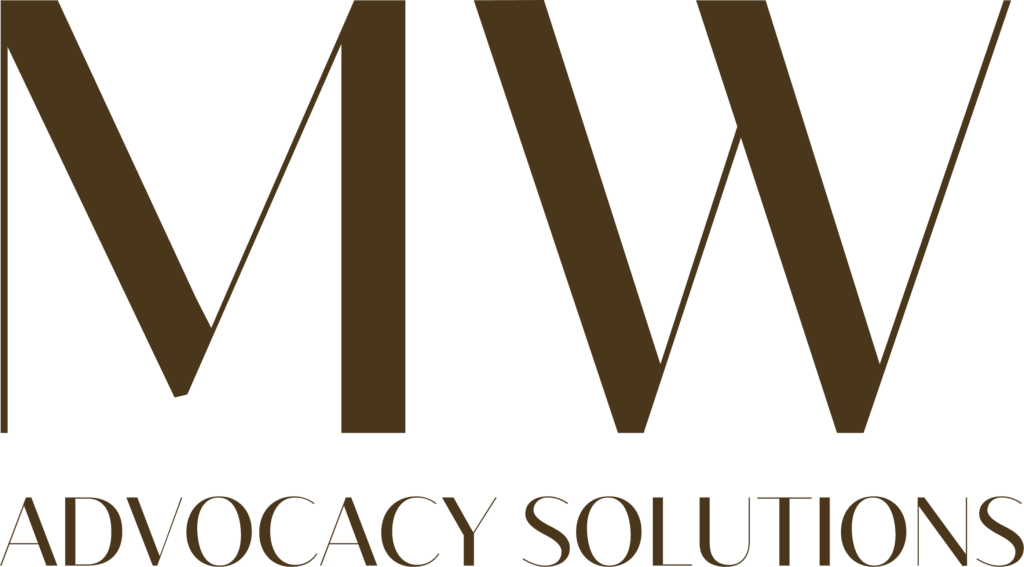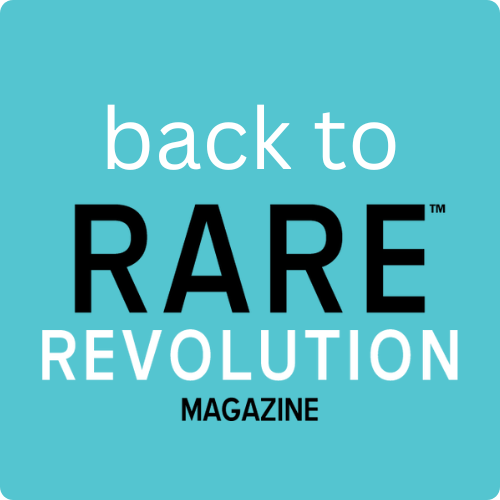The problem with the zebra: Why global awareness campaigns must be rooted in local leadership
Estimated reading time: 5 minutes


For the record, I love zebras. They’re beautiful and iconic animals and in some contexts, powerful metaphors.
I understand why many people use the zebra to challenge the medical tendency to overlook rare diagnoses. Groups like Medics 4 Rare Disease have used the reference effectively. Most of my doctor friends in the UK know the old saying: “When you hear hoofbeats, think horses, not zebras,” attributed to American physician Dr. Theodore Woodward in the 1940s. The zebra became a symbol to push back against diagnostic complacency and remind people that rare doesn’t mean impossible.
The issue is that the zebra is only one of the many faces of the international Rare Disease Day movement.
Rare Disease Day is officially observed in 106 countries, most of which train doctors in languages other than English. Many of them aren’t familiar with the “hoofbeats” maxim, and campaign organisers in most countries have chosen not to import the zebra. They’ve invested in tactics and symbols that resonate with their own cultural and political contexts. That’s why it frustrates me to see pharmaceutical companies produce colouring books with zebras for countries where the symbol has limited local meaning aside from its association with campaigns in other countries. What is this trying to achieve?
My point isn’t about dismissing the zebra; it’s about recognising the importance of context.
Awareness campaigns don’t exist in a vacuum. Even the most visually polished materials can feel hollow if they’re disconnected from the patient-led movements they’re meant to support. And that’s a missed opportunity to do something with real, lasting impact.

Leave the space for patient groups to lead
Rare Disease Day began in Europe, initiated by EURORDIS and its network of national alliances. It was part of a broader movement to define rare diseases as a unified concept, bringing together people with very different conditions into one visible, vocal community. On their own, each condition might struggle for attention. But together, they have the critical mass needed to influence change.
National alliances use Rare Disease Day strategically. They use the Day to engage with ministers, push for new policy commitments, and secure media coverage that helps build empathy with the general public. It’s often the one day of the year when they get the spotlight and on the whole they use it well.
When I worked on the global Rare Disease Day campaign, we had to tread carefully to avoid cutting across national messaging. That’s one reason the campaign no longer has a single annual theme. Instead, all participants agree on a shared purpose: equity—in social opportunity, healthcare, diagnosis, and access to therapies for people living with a rare disease.
(For some behind-the-scenes stories about how Rare Disease Day came to be, check out thispodcastwith Yann Le Cam, Eda Selabasto, and Simona Bellagambi.)
Rare Disease Day remains a powerful tool. It helps individuals feel part of something larger. It encourages visibility and reduces the shame and stigma that sadly many people still feel when isolated by their condition. It empowers families to advocate in their local communities, whether that’s in schools, workplaces, or policy meetings. But at its heart, it’s 106 national campaigns. The alliances that run them will welcome your support—but they’ll still want to lead.
So, do companies have a role?
Yes, companies have an enormous role in awareness raising, when it’s done thoughtfully.
Best practices for corporate awareness campaigns
- Empower your patient groups
Support infrastructure and platforms that let patient communities speak for themselves. This is the most authentic and effective form of awareness raising. - Align with national and global messaging
Use the facts and figures already developed by national alliances or the Rare Disease Day campaign. This reinforces the effectiveness of all voices. - Speak in your own voice
Rare Disease Day is a great moment to reaffirm your long-term commitment to research and innovation. Celebrate the scientific progress you’re contributing to. - Highlight your therapeutic areas
Condition-specific awareness work gives patients tools to self-advocate and provides year-round opportunities for brand alignment with a purpose.
The zebra can still have a place but only when its stripes align with the story local advocates are telling. Rare Disease Day is a coordinated, strategic effort by patient communities across the globe. To be part of that story, the most impactful thing companies can do is engage with humility and build awareness efforts that empower.
That’s how we will move beyond metaphor and toward lasting change.
Connect with Michael
in the know brings you the latest conversations from the RARE think tank. To access more in the know articles click below.

